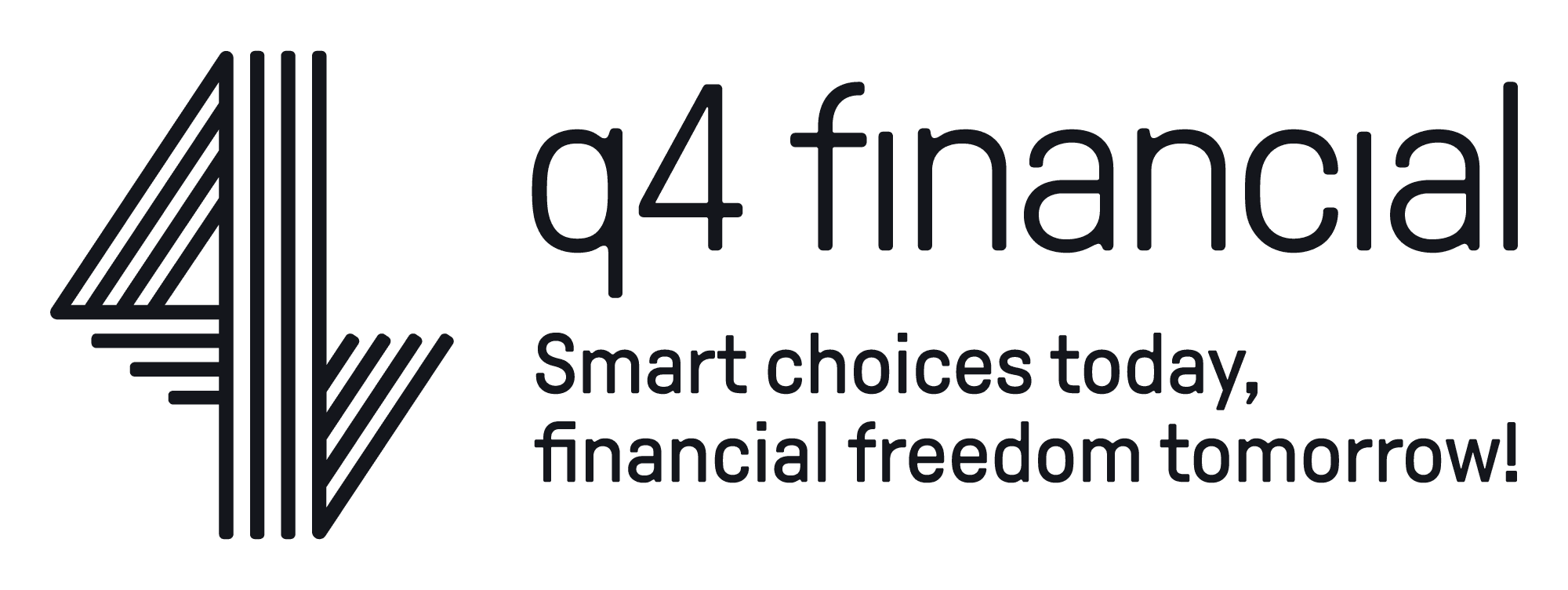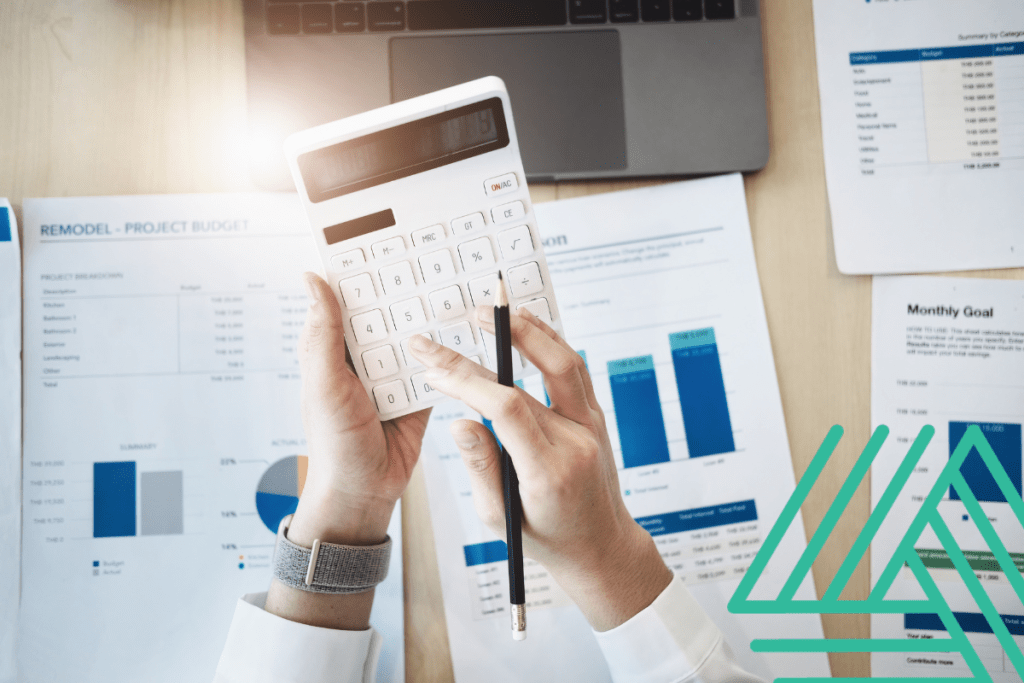Like us, you would be feeling as though the year is hurtling past at pace, which means the end of the 2023 financial year will be upon us before we know it. There is still time however, for business owners (and taxpayers) to take proactive steps to maximise your returns and minimise your liabilities.
Our team will be reaching out to you over the coming weeks to check you are on track with your financial affairs to ensure we take advantage of any tax strategies prior to year-end to maximise your position. In the meantime, here is a little snapshot of what we will most likely be addressing with you!
Superannuation Contributions
For those wishing to claim a tax deduction in the current financial year for any additional super contributions, these must be received by the fund by the 30th of June. If one day late, you will have to claim next year (and potentially not receive the benefit until May 2025). Please remember to give yourself some room and aim to have these paid by the 20th of June if possible.
The concessional contributions cap for this year is $27,500 regardless of age. Unused concessional caps can be utilised if you have a super balance of less than $500,000. Unused cap amounts are available for a maximum of five years and will expire after this. This may be the year to claim additional superannuation. We will help you to determine suitability to your specific circumstances!
Super for your employees
If cashflow allows, it may make sense to pay your June quarter super obligation for your employees prior to the 30th of June. This ensures you can claim that quarterly expense in the current financial year. Be aware of processing cut-off times if using a clearing house. Again, it is best to make payment by 20th of June wherever possible to avoid losing the deduction in this current financial year. Again, if missed, the benefit may be some 23 months away!
Temporary full expensing is ending!
Temporary full expensing, allows eligible businesses to deduct the full cost (with no limit) of eligible depreciable assets in the year they are first held, used or installed ready for use for a taxable purpose up until 30 June 2023. Businesses are also able to deduct the full cost of improvements to these assets and to existing eligible depreciating assets made prior to 30 June 2023.
Trust Distributions & More
Many of you who operate your businesses or have investment portfolios through a family trust will know that every year the Trust must pass a resolution before the 30 June as to which beneficiaries will be used and what amount of income will be distributed, either in dollar or percentage terms. We will ensure that every one of your trusts has executed this resolution by June 30.
The “More” – read our article on Understanding Proposed Trust Changes. As part of our tax planning process this year we will be even more meticulous to your specific circumstances to ensure we get the best tax outcome for you while also making sure we do not to place your family group under any increased risk of attack from the ATO.
Business Losses
Eligible entities get the offset by choosing to carry back losses to earlier years in which there were income tax liabilities. The offset effectively represents the tax the eligible entity would save if it was able to deduct the loss in the earlier year using the loss year tax rate. As it is a refundable tax offset, it may result in a cash refund, a reduced tax liability or a reduction of a debt owing to the ATO.
The eligible entity does not need to amend the earlier income years to claim the offset.
Working from home
The record-keeping requirements and methods for calculating working-from-home deductions have changed for this financial year (from 1 July 2022) and as such you need to be aware of these changes to keep the appropriate records for your 2023 Tax Return.
As a rule of thumb, it’s important to make sure you have evidence to support your deduction claims. Up to 28 February 2023 the ATO will accept a 4 week diary to represent the number of hours worked from home but from 1 March 2023 all hours worked from home must be recorded. An estimate will not suffice. Records must also be kept for the expenses incurred which are covered by the fixed rate per hour (set at 67 cents per hour). For more details from the ATO on these changes, click here.
Please keep the following:
- Records of all the hours you work at home
- Receipts for all consumables, depreciating assets or equipment you use when you work at home
- Records of your personal and work-related use of assets.
The alternative to the fixed rate is the Actual cost method. So please keep account of your actual expenses so we can determine whether actual costs or the fixed rate will give you the greatest tax benefit.
As always, the q4 team are here to answer any questions or assist you with your business needs. Feel free to reach out soon to ensure you are prepared for tax time. Contact us!

